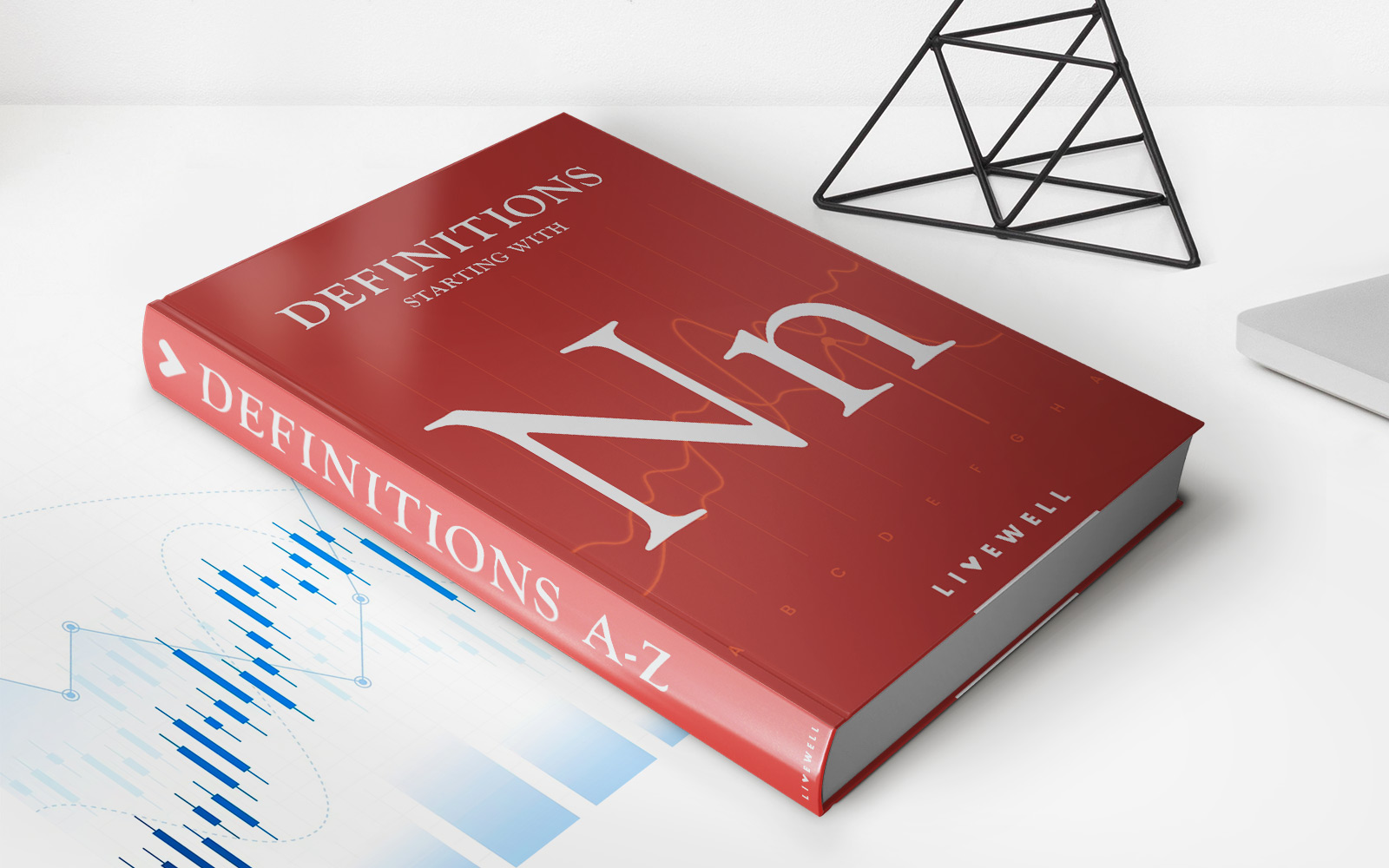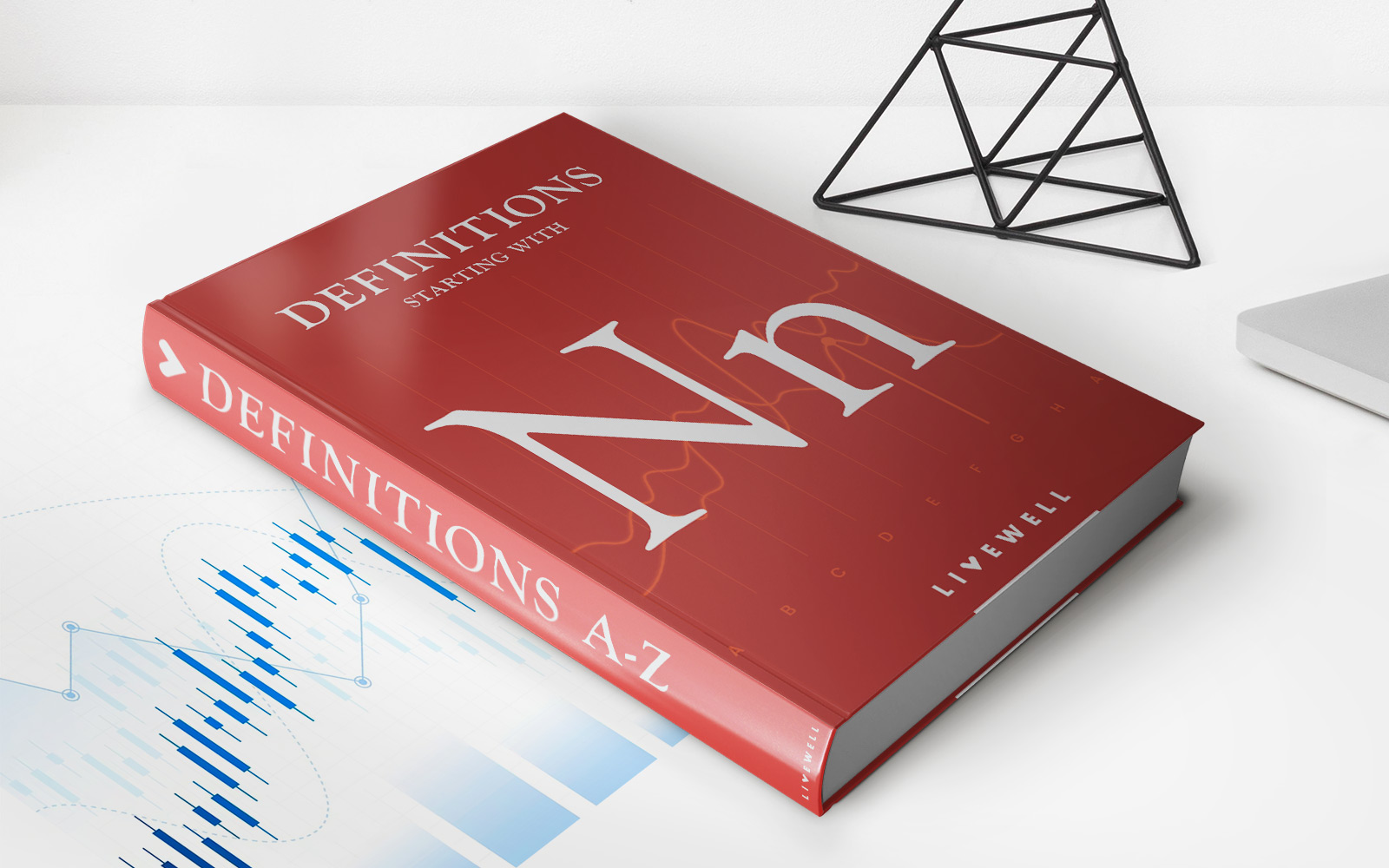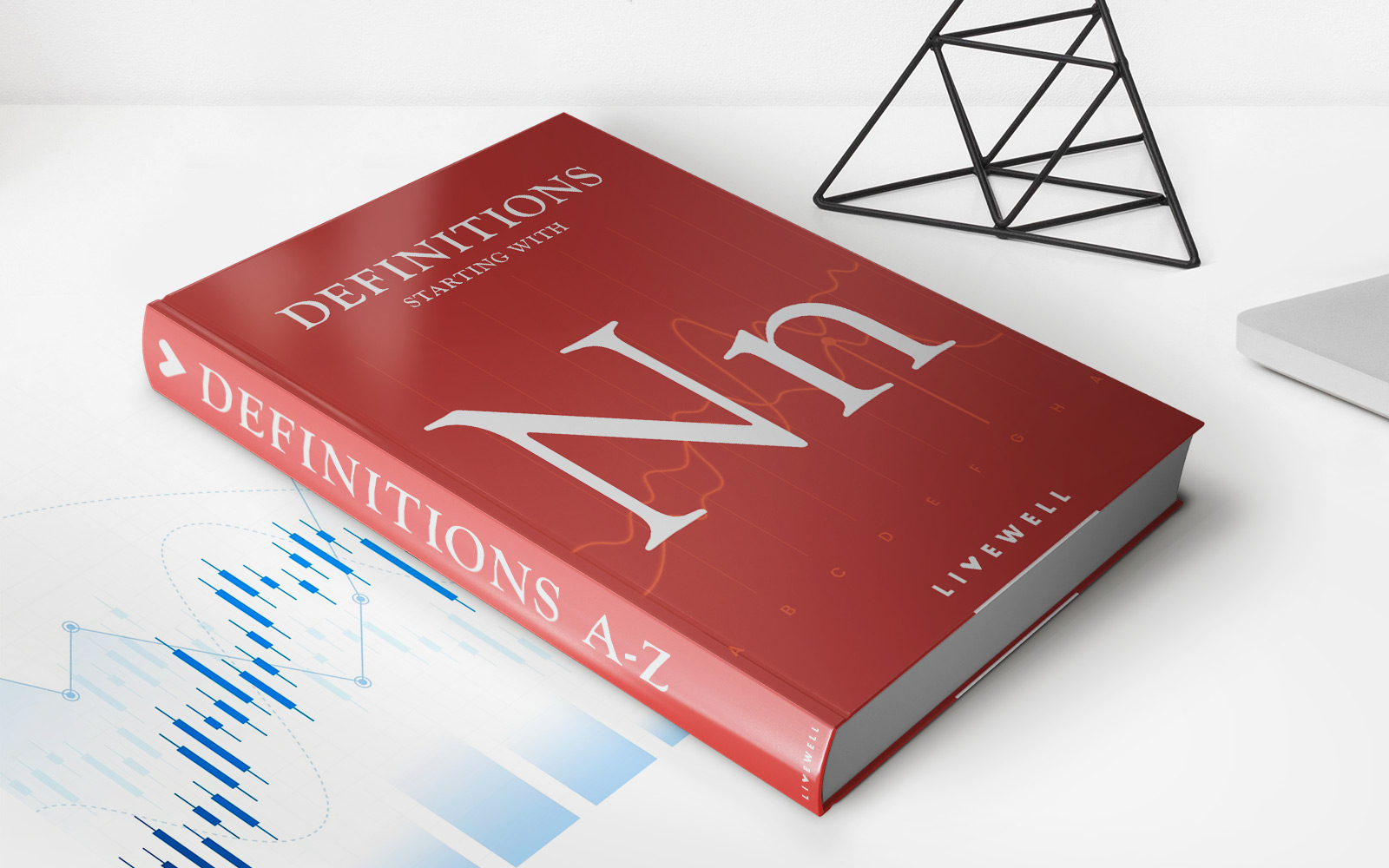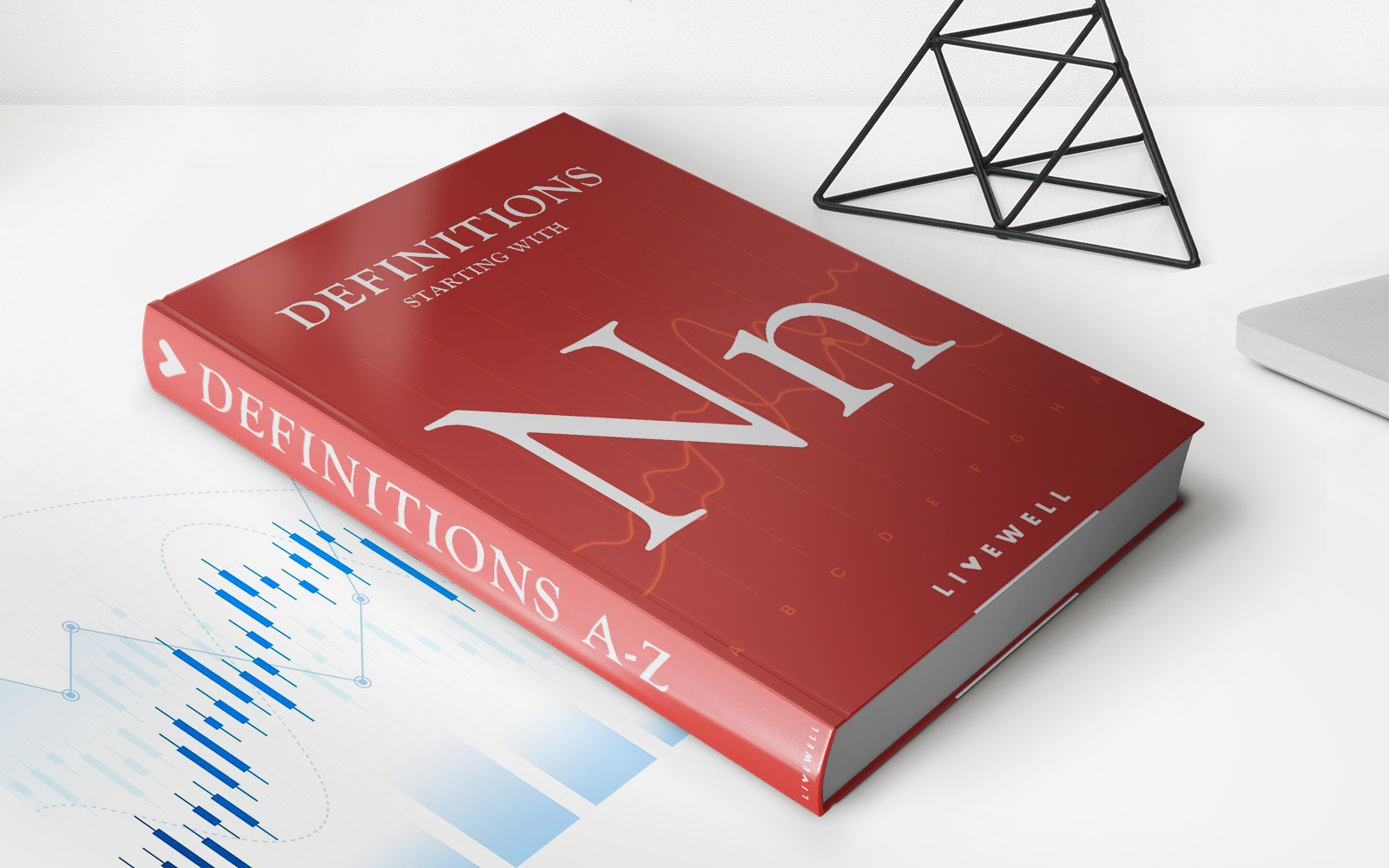Home>Finance>Non-Marginable Securities: Definition, Examples, Vs. Marginable
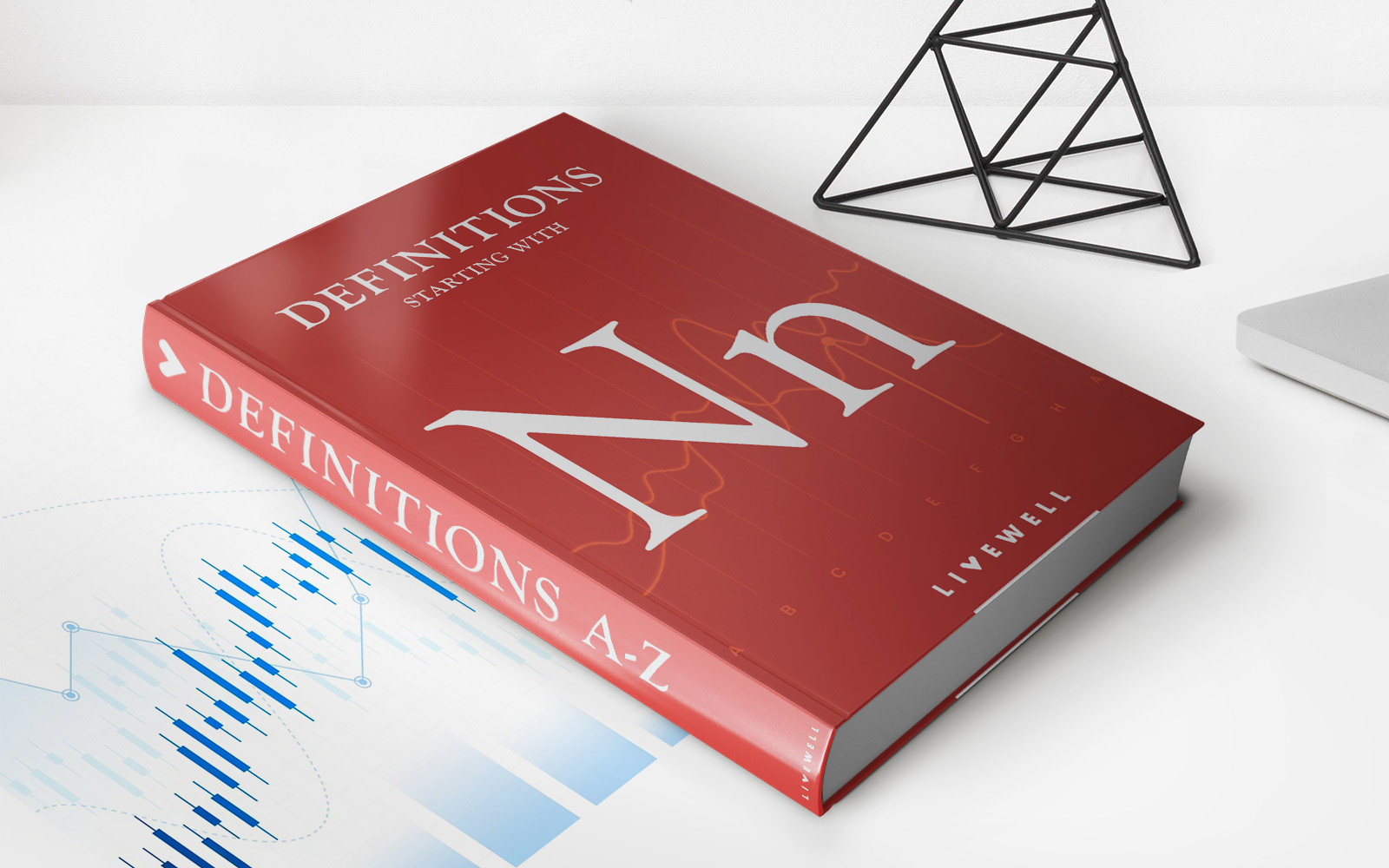

Finance
Non-Marginable Securities: Definition, Examples, Vs. Marginable
Published: December 31, 2023
Learn about non-marginable securities in finance, including their definition, examples, and how they differ from marginable securities.
(Many of the links in this article redirect to a specific reviewed product. Your purchase of these products through affiliate links helps to generate commission for LiveWell, at no extra cost. Learn more)
Non-Marginable Securities: Definition, Examples, Vs. Marginable
When it comes to investing, there are various types of securities that one can consider. While most people are familiar with stocks and bonds, not many are aware of the distinction between marginable and non-marginable securities. In this article, we will delve into the world of non-marginable securities, exploring what they are, providing examples, and highlighting the key differences between non-marginable and marginable securities. So, let’s dive in!
Key Takeaways:
- Non-marginable securities are investments that cannot be purchased on margin, meaning they cannot be bought using borrowed funds from a broker.
- Examples of non-marginable securities include mutual funds, options, over-the-counter stocks, and low-priced stocks.
So, what exactly are non-marginable securities? In simple terms, they are investments that cannot be purchased on margin. Buying on margin means using borrowed funds from a broker to make an investment, with the account holder pledging securities as collateral. Non-marginable securities, on the other hand, cannot be used as collateral for margin borrowing.
Now, let’s take a look at some examples of non-marginable securities:
- Mutual Funds: These investment vehicles pool money from multiple investors to invest in a diversified portfolio of stocks, bonds, or other securities. While some mutual funds may be marginable, many are non-marginable.
- Options: Options give investors the right, but not the obligation, to buy or sell an underlying asset at a predetermined price within a specific time period. Due to their complex nature and the potential for high risk, options are generally non-marginable.
- Over-the-Counter Stocks: Stocks that are not listed on formal exchanges, such as the New York Stock Exchange, are known as over-the-counter stocks. These stocks often have low trading volumes and liquidity, making them non-marginable.
- Low-Priced Stocks: Low-priced stocks, often referred to as penny stocks, are shares of small companies with low market capitalization. These stocks are typically non-marginable due to their higher volatility and increased risk.
Now that we have an understanding of what non-marginable securities are and have explored some examples, let’s look at the key differences between non-marginable securities and marginable securities:
Non-Marginable Securities Vs. Marginable Securities:
Leverage: One significant difference between non-marginable and marginable securities is the ability to use leverage. With marginable securities, investors can use borrowed funds to increase their purchasing power. On the other hand, non-marginable securities cannot be purchased using borrowed funds, limiting the leverage available.
Collateral: Marginable securities can be used as collateral for margin borrowing, allowing investors to increase their buying power. Non-marginable securities, however, cannot be used as collateral, making them less flexible in terms of borrowing and leveraging.
Risk: Both types of securities involve risk, but non-marginable securities generally carry lower risk compared to marginable securities. Marginable securities are subject to market fluctuations as well as potential margin calls if the value of the securities falls below a certain level. Non-marginable securities, being purchased with cash, are not exposed to this margin risk.
Regulations: Marginable securities are subject to specific regulations set by regulatory bodies, such as the Federal Reserve and the Financial Industry Regulatory Authority (FINRA). Non-marginable securities, while still subject to some regulations, may be less restricted in terms of trading and investment strategies.
While both marginable and non-marginable securities have their own unique characteristics and advantages, it is essential for investors to understand the distinctions between them before making investment decisions. By having a clear understanding of non-marginable securities, investors can better diversify their portfolios and mitigate risk.
So, next time you come across the term “non-marginable securities,” you’ll have a better understanding of what it entails, a few examples to refer to, and how it differs from marginable securities. Remember, knowledge is power when it comes to investing!

